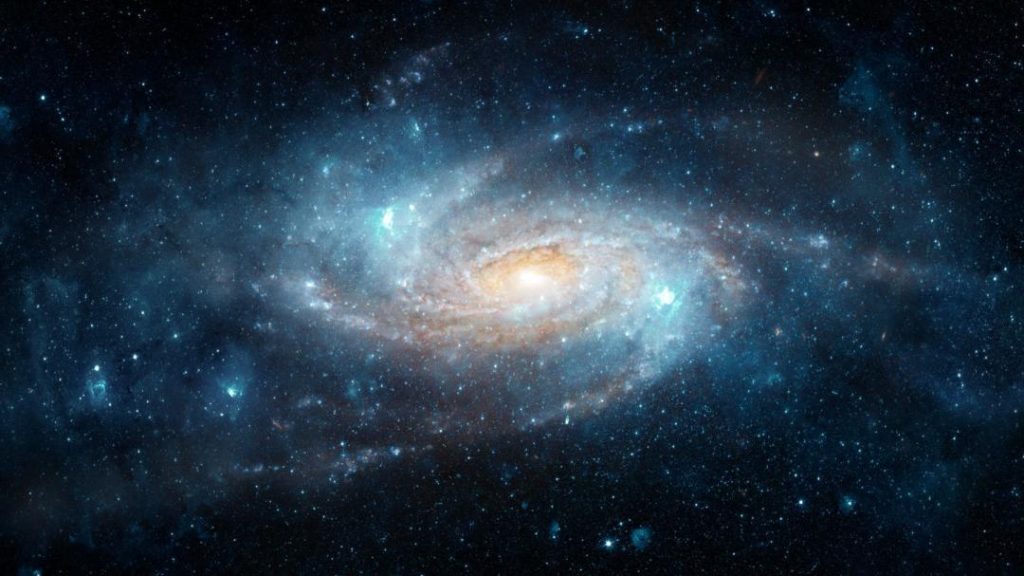
New Candidate for 9th Planet Identified
The search for a ninth planet in our solar system has been ongoing for centuries, and finally, a group of international researchers has made a groundbreaking discovery. According to a recent study, a new candidate for the ninth planet of our solar system has been identified, and it’s likely to be the size of Neptune. This discovery has sent shockwaves through the scientific community, sparking excitement and curiosity among astronomers and space enthusiasts alike.
The study, published in the arXiv preprint repository, suggests that the new candidate is a massive object that orbits the sun at a distance of approximately 200-300 astronomical units (AU). For context, Pluto, which was previously considered to be the ninth planet, orbits the sun at a distance of about 39 AU. This means that the new candidate is much farther away from the sun than Pluto, and its orbit is also much more elliptical.
The researchers used a combination of observations from the Sloan Digital Sky Survey (SDSS) and the Dark Energy Survey (DES) to identify the new candidate. They analyzed the motion of nearby stars and the distribution of celestial bodies in the outer reaches of the solar system to determine the presence of a massive, undiscovered planet.
So, what does this mean for our understanding of the solar system? For starters, it could potentially reclassify Pluto and other dwarf planets in our solar system. Pluto was previously considered to be the ninth planet, but in 2006, it was reclassified as a dwarf planet by the International Astronomical Union (IAU). This decision was made after the discovery of other objects in the Kuiper Belt that were similar in size and composition to Pluto.
The new candidate, however, is much larger than any of the known dwarf planets, and its mass is estimated to be similar to that of Neptune. This raises questions about the definition of a planet and whether the IAU’s criteria for a planet should be revised.
Another implication of this discovery is that it could provide new insights into the formation and evolution of our solar system. The new candidate is thought to be a relic from the early days of the solar system, and its presence could shed light on the migration of planets and the formation of the Kuiper Belt.
But what does this mean for us, the general public? Well, for one, it’s a reminder of just how much we still have to learn about our solar system. Despite centuries of exploration and discovery, there is still so much that we don’t know about the universe.
It’s also a reminder of the importance of continued investment in space exploration and research. The discovery of the new candidate was made possible by the combination of observations from different telescopes and surveys, and it’s only through continued investment in these types of projects that we’ll be able to continue to make new discoveries and push the boundaries of our understanding.
Finally, it’s a reminder of the power of international collaboration in science. The study that identified the new candidate was conducted by a team of researchers from around the world, and it’s a testament to the importance of collaboration and cooperation in advancing our knowledge of the universe.
In conclusion, the discovery of a new candidate for the ninth planet of our solar system is a significant finding that has the potential to rewrite the textbooks and challenge our current understanding of the solar system. It’s a reminder of the importance of continued investment in space exploration and research, and it’s a testament to the power of international collaboration in science.
Reference:
https://arxiv.org/pdf/2504.17288
Note: The study was published on April 27, 2025, and is available on the arXiv preprint repository.






